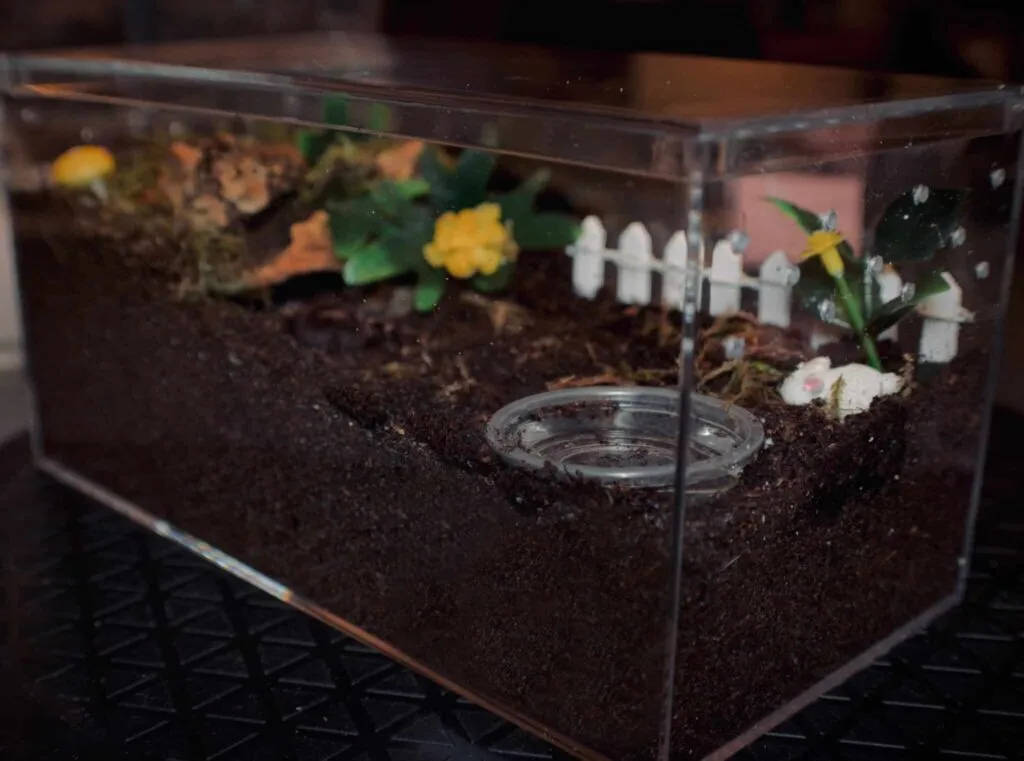Understanding Tarantula Enclosure Needs
Choosing the best tarantula enclosure is crucial for the well-being of your eight-legged pet. A properly sized enclosure provides a safe and stimulating environment, allowing your tarantula to thrive. It’s not just about keeping your tarantula contained; it’s about creating a habitat that caters to its specific needs. This guide delves into the factors that determine the ideal enclosure size, ensuring your tarantula lives a long and healthy life. We’ll explore how enclosure size impacts everything from your tarantula’s physical health to its psychological well-being, helping you make informed decisions every step of the way.
Why Size Matters For Tarantula Habitats
The size of a tarantula enclosure significantly influences various aspects of your pet’s life. A habitat that is too small restricts movement and can lead to stress, while one that is too large can make it difficult for the tarantula to find food and feel secure. The right enclosure size promotes natural behaviors, such as hunting, burrowing, and climbing, depending on the species. It also plays a vital role in maintaining the correct environmental conditions, including humidity and temperature. Understanding these impacts is essential for providing the best possible care for your tarantula.
Health and Well-being
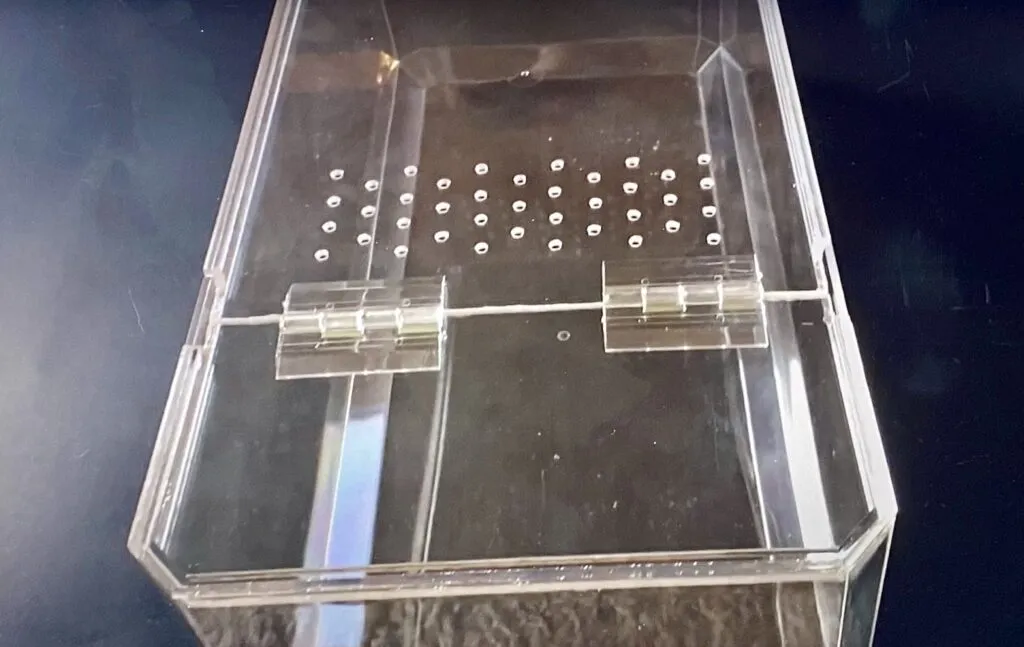
A well-sized enclosure contributes directly to your tarantula’s physical health. Overly cramped spaces can limit activity, potentially leading to muscle atrophy and other health issues. Conversely, too much space can stress the spider, making it feel vulnerable and reducing its willingness to eat. Adequate space allows the tarantula to move freely, exercise, and maintain a healthy lifestyle. Proper ventilation and humidity control, both easier to manage in an appropriately sized enclosure, further enhance its health and vitality.
Molting and Development
Molting is a critical process for tarantulas, as they shed their exoskeletons to grow. The enclosure size plays a significant role during this phase. A too-small enclosure can interfere with the molting process, potentially leading to deformities or even death. A spacious enclosure allows the tarantula to maneuver comfortably during molting. It provides ample space for the spider to flip over if necessary and for the new exoskeleton to fully harden without obstruction. Proper substrate depth, also influenced by enclosure size, is vital for a successful molt.
Security and Escape Prevention
Security is paramount when considering enclosure size. A well-fitted enclosure minimizes the risk of escape. While not always the case, a very large enclosure might create more opportunities for the tarantula to find gaps or weak points. It’s easier to seal and secure an enclosure that is appropriately sized for the spider. The size must also be compatible with the type of tarantula, for example a large arboreal tarantula must have a securely fastened lid to ensure it does not escape.
Selecting the Right Enclosure Size
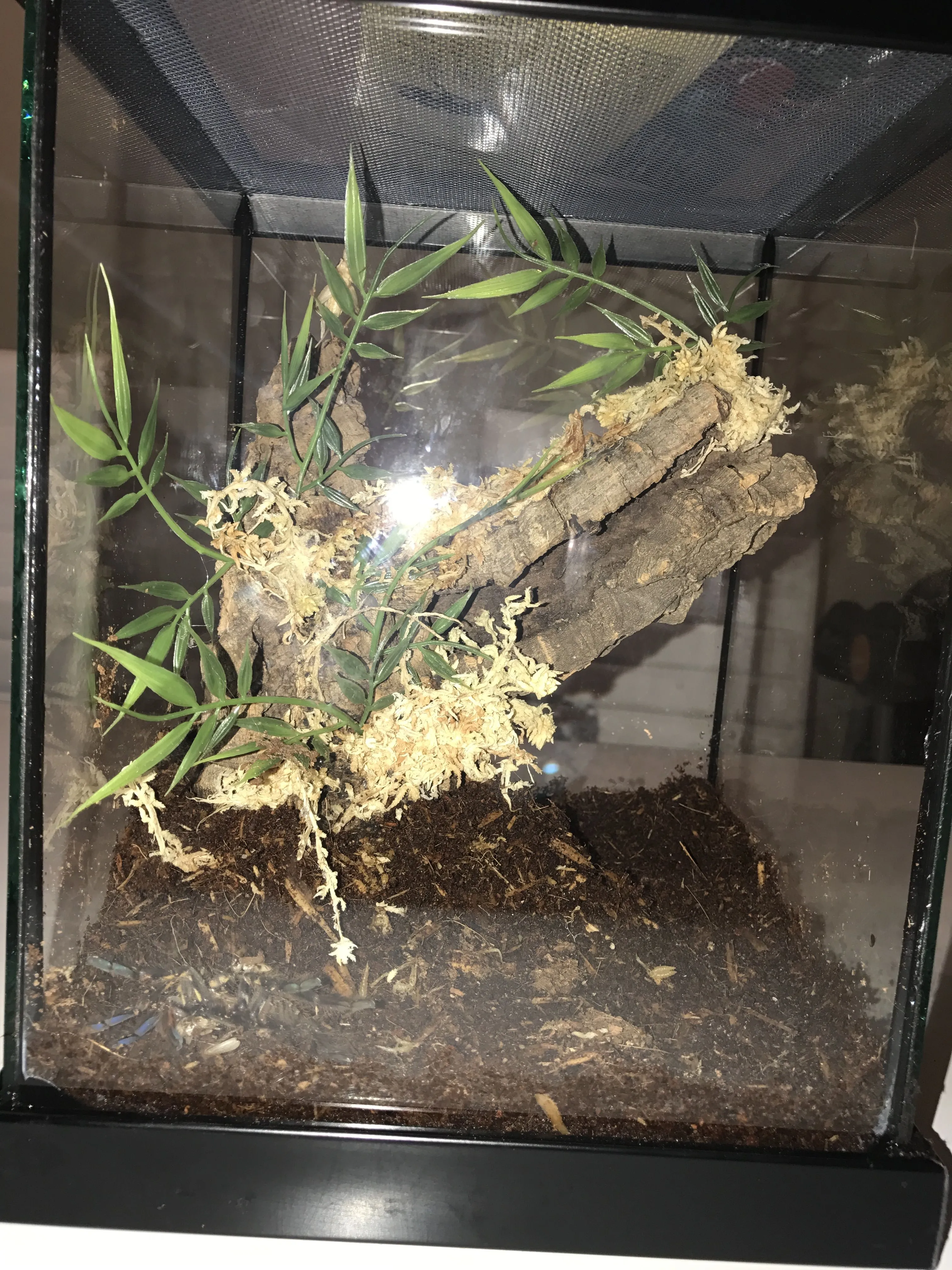
Determining the correct enclosure size involves considering several factors, including the tarantula species, its size, and its natural behaviors. A general guideline is to provide an enclosure that is roughly three times the tarantula’s leg span in width and length and tall enough to allow for substrate and any necessary decorations. However, this is just a starting point, and individual species have specific requirements that must be met to ensure that you choose the best tarantula enclosure for your pet.
Consider the Tarantula Species
Different tarantula species have unique needs. Terrestrial tarantulas, which live on the ground, require more horizontal space for roaming and burrowing. Arboreal tarantulas, on the other hand, need more vertical space for climbing. Researching the specific requirements of your tarantula species is essential. Some species are more active than others and require larger enclosures, while others are content with smaller spaces. Ignoring these differences can lead to a stressed and unhealthy tarantula. Always consult care sheets specific to your tarantula species before setting up its enclosure.
Terrestrial Tarantulas
Terrestrial tarantulas are ground-dwelling spiders that need a habitat that reflects their lifestyle. A terrestrial tarantula enclosure should be wider than it is tall. Provide plenty of floor space for the tarantula to move around and establish a burrow. The substrate depth is crucial, allowing them to dig and create a secure retreat. A general rule is to provide a substrate depth equal to or slightly greater than the tarantula’s leg span. The enclosure should be well-ventilated to prevent mold growth but still retain enough humidity. A hide, such as a piece of cork bark, is essential for providing a sense of security.
Arboreal Tarantulas
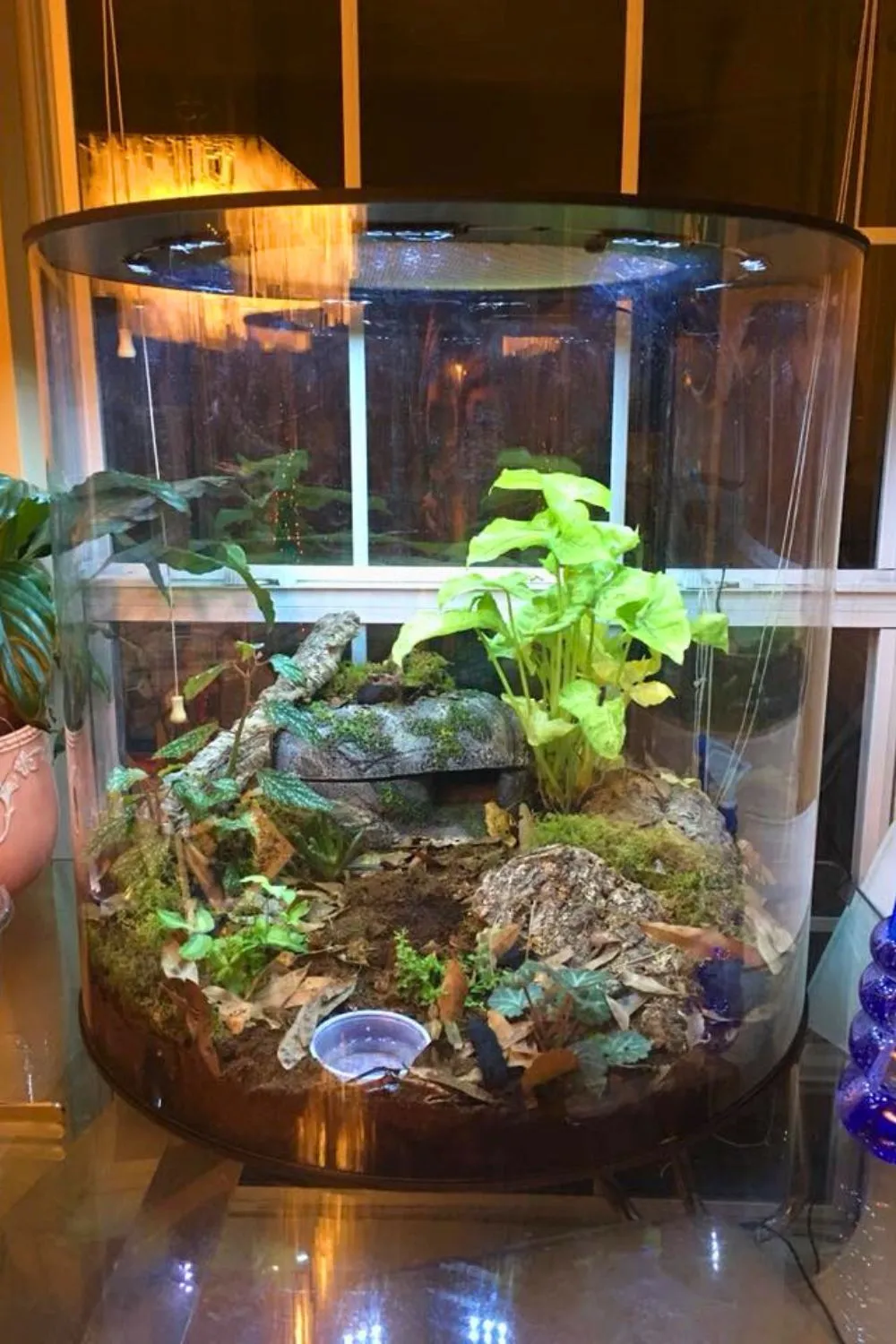
Arboreal tarantulas, the tree-dwelling spiders, need a tall enclosure. The enclosure should be significantly taller than it is wide, allowing them ample vertical space for climbing and web-building. Secure attachment points, such as branches or cork bark, are necessary for the tarantula to build its web and feel secure. Ventilation is especially important in arboreal setups because the increased height can lead to humidity buildup. Ensure the enclosure has secure doors and lids to prevent escape. A water dish should be positioned high enough to prevent it from being buried in the substrate.
Substrate and Vertical Space
The substrate and vertical space in an enclosure are essential for providing a natural and comfortable environment for your tarantula. Substrate depth affects the tarantula’s ability to burrow and molt, particularly for terrestrial species. Vertical space is important for arboreal tarantulas, which use it for climbing and web-building. Consider the adult size of your tarantula when selecting the size of the enclosure, and ensure you provide sufficient space for substrate, hides, and other decorations. The substrate also plays a role in maintaining humidity levels, which is crucial for the tarantula’s health.
Essential Enclosure Features
Beyond the size, several features are crucial for a proper tarantula enclosure. These features contribute to the overall health, safety, and well-being of your pet. Paying attention to these details ensures that your tarantula has a comfortable and stimulating environment. Selecting the right features from the start will save you time and effort, setting you up for success. Remember to keep the security of your tarantula in mind when designing or purchasing your enclosure, ensuring that it cannot escape.
Ventilation Importance
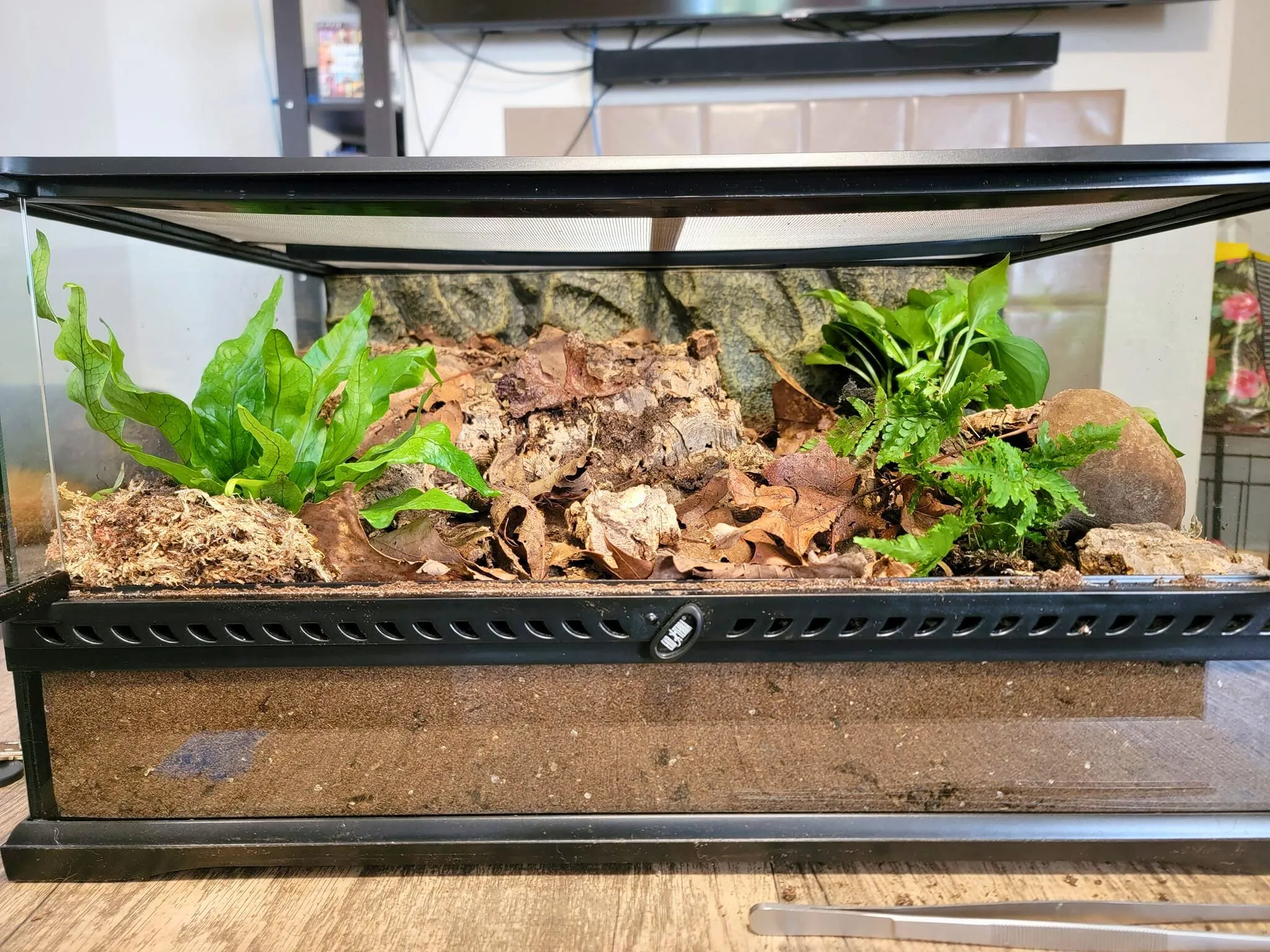
Adequate ventilation is crucial for preventing the buildup of humidity and mold. Proper ventilation allows for airflow within the enclosure, reducing the risk of respiratory infections and other health problems. The enclosure should have cross-ventilation, with air entering from one side and exiting from another. This is especially important in humid environments. Ensure that ventilation is sufficient without compromising humidity levels. Use fine mesh or strategically placed holes to promote airflow without providing an escape route for your tarantula. Avoid blocking ventilation holes with substrate or decorations.
Humidity Control
Maintaining the correct humidity levels is vital for a tarantula’s health, particularly during molting. The humidity levels vary depending on the tarantula species. Use a hygrometer to monitor humidity levels and adjust them as needed. You can increase humidity by misting the enclosure with water or using a water dish. Ensure the enclosure has good ventilation to prevent excessive humidity, which can lead to mold growth and respiratory issues. The substrate plays a significant role in humidity regulation. Choose a substrate that retains moisture but allows for proper drainage.
Hiding Spots and Decor
Providing hiding spots and decor enriches the environment and reduces stress. Tarantulas are naturally secretive creatures, and having a place to hide makes them feel safe and secure. Common hiding spots include cork bark, half logs, or commercially available spider hides. Decorate the enclosure with natural elements such as plants or artificial plants (ensure that any decor is non-toxic). Avoid sharp or abrasive decorations that could injure your tarantula. The decor should complement the enclosure’s size, leaving adequate space for the tarantula to move and hunt.
Common Enclosure Size Mistakes
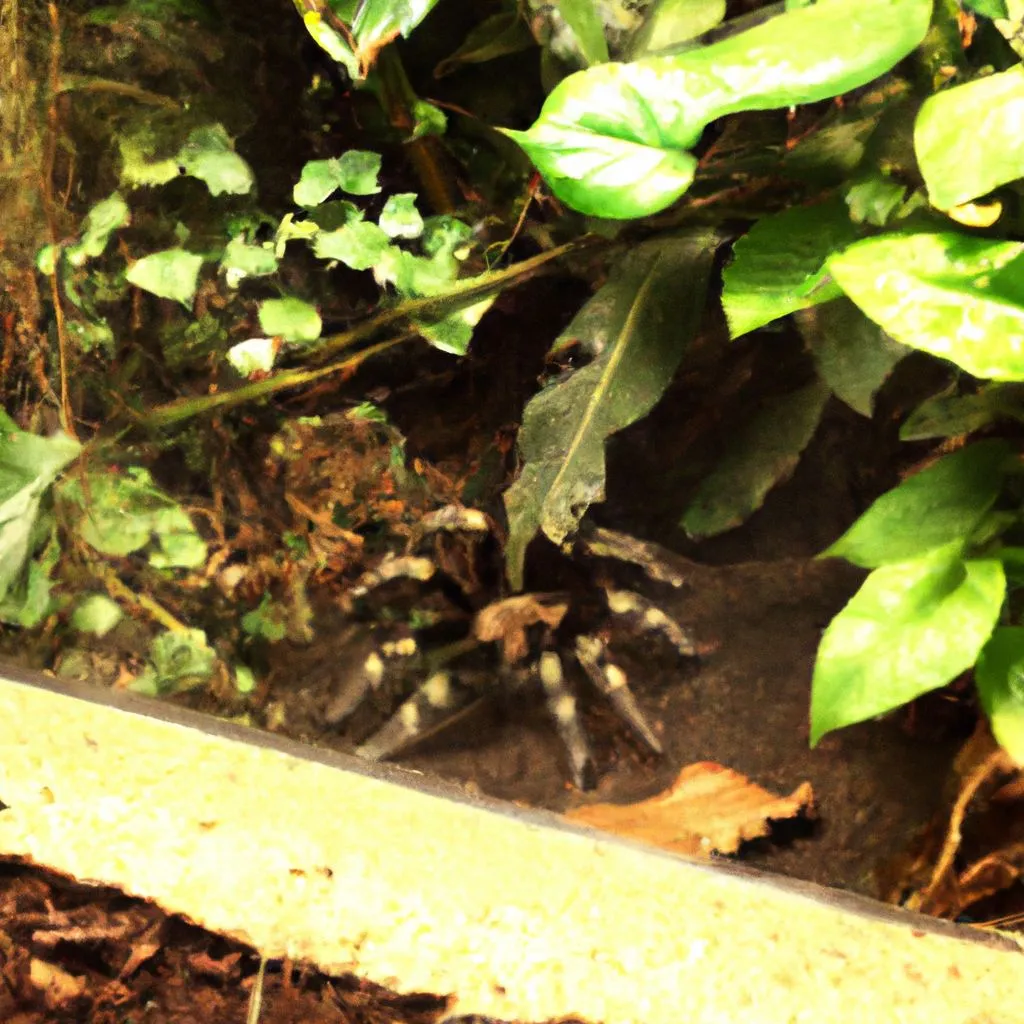
Many new tarantula owners make mistakes when it comes to enclosure size, often erring on the side of too small or too large. Understanding these common pitfalls will help you avoid them. Always consider the specific needs of your tarantula and thoroughly research its species to create the best tarantula enclosure. These mistakes can have negative impacts on your pet’s health, well-being, and behavior. By knowing what to avoid, you can provide an environment in which your tarantula can thrive.
Enclosure Too Large
An enclosure that is too large can create several problems. It can make it difficult for the tarantula to find food and feel secure. Tarantulas can feel exposed and stressed in a large, open space, which can impact their appetite and activity levels. Monitoring humidity and temperature becomes more challenging in a large enclosure, and the spider may choose a certain area. The best approach is to start with an appropriately sized enclosure and upgrade as the tarantula grows, rather than providing too much space initially. A very large enclosure can also be more difficult to clean and maintain.
Enclosure Too Small
A cramped enclosure restricts movement and can lead to stress. A lack of space can negatively impact the tarantula’s ability to engage in natural behaviors such as burrowing or climbing. It can also make molting difficult. An overly small enclosure will also make it hard to maintain humidity and temperature. Make sure your tarantula enclosure allows the tarantula enough space to stretch out and turn around. The enclosure should provide ample space to prevent injuries and health problems. As a tarantula grows, you’ll need to move it to a larger enclosure.
Maintaining Your Tarantula Enclosure
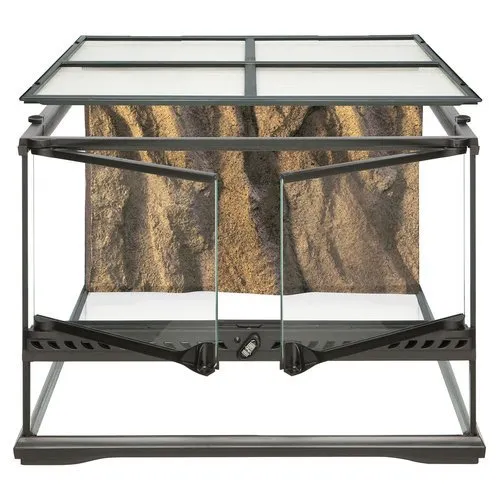
Maintaining a tarantula enclosure involves regular cleaning, substrate replacement, and monitoring environmental conditions. Regular maintenance will ensure the health and happiness of your tarantula. A clean enclosure also reduces the risk of disease and promotes a healthy living environment. Establishing a routine and using a checklist will make these tasks easier. Proper maintenance is not just about aesthetics; it’s a crucial aspect of responsible tarantula ownership. Consider that these tasks also allow you to observe your pet more closely.
Cleaning and Maintenance Schedule
Create a cleaning and maintenance schedule to keep the enclosure in optimal condition. Spot clean the enclosure at least once a week, removing any uneaten food, feces, and shed skin. Deep clean the enclosure on a schedule, which varies depending on the substrate type. The schedule depends on the tarantula species and your chosen setup. Use a mild, pet-safe disinfectant to clean the enclosure during deep cleans. Remember to always handle your tarantula with care, and avoid disturbing it more than necessary. Regular maintenance provides you with opportunities to observe the overall health and behavior of your tarantula.
Substrate Replacement and Hygiene
The substrate should be replaced regularly. This ensures the enclosure remains hygienic and maintains proper humidity levels. The frequency of substrate replacement depends on the type of substrate and the species of tarantula. Remove the old substrate and replace it with fresh, clean substrate. Before adding new substrate, clean the enclosure thoroughly. Ensure you maintain the appropriate substrate depth for your tarantula species. Substrate replacement is an essential part of preventing the buildup of harmful bacteria and other organisms that could harm your tarantula.
